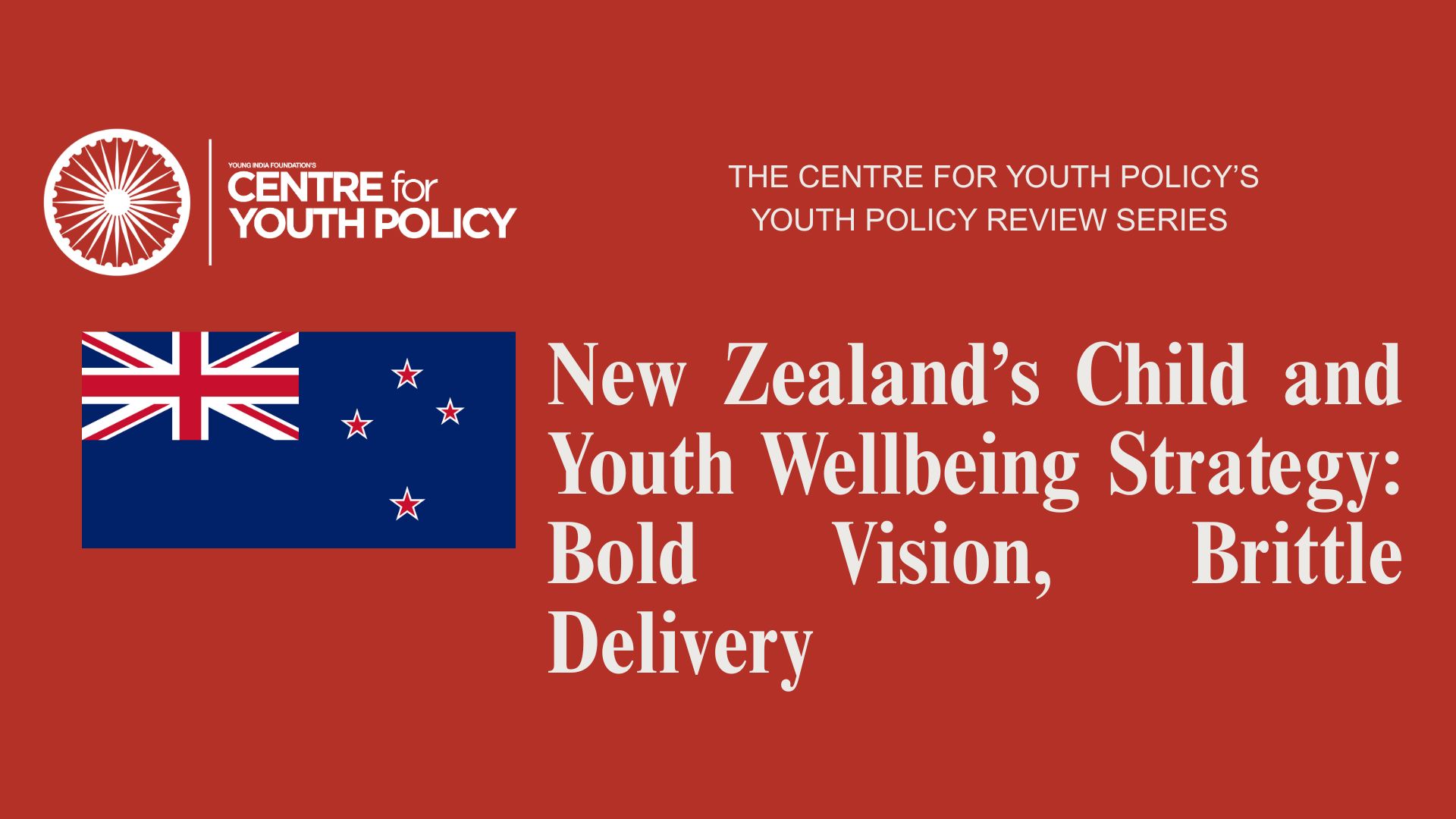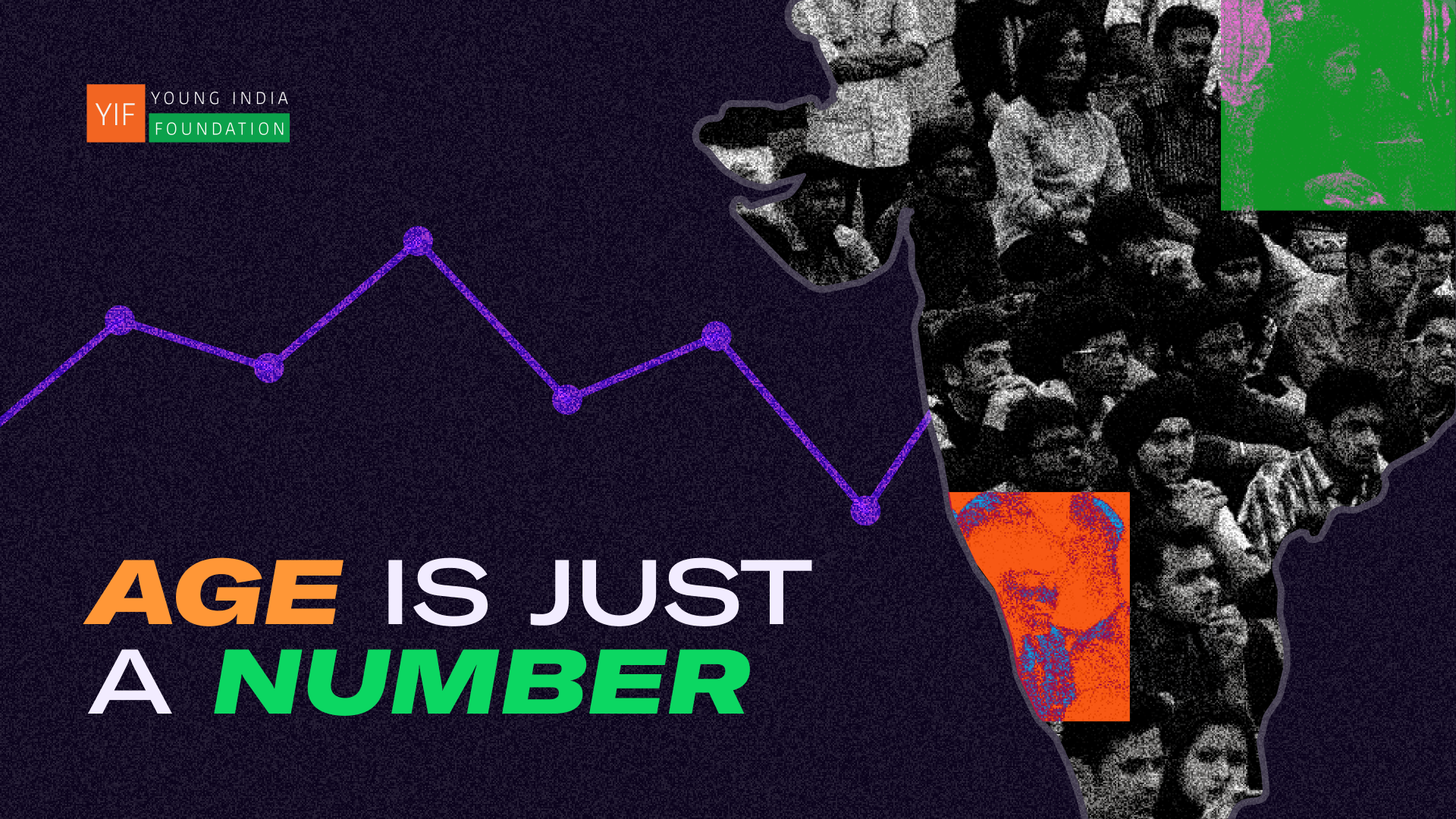Social media deeply influences our opinions about all aspects of our life, including politics. Its unrestrictive and liberal character has allowed us not only to freely voice our political opinions and engage in discussions, but also provided access to a huge database of news and political information. Looking back, the anti-CAA protests of 2019 couldn’t have been so widespread if it weren’t for the youth’s active engagement on social media. Therefore, we can say that social media affects the political attitude of individuals to a great extent. However, the question is how and to what extent? Does political activity on social media imply that youngsters take political action in real life too?
An important concept to understand while we analyze the role of social media in influencing the youth’s political attitude is ‘participatory politics’. Participatory politics is a type of political action which is peer-based, interactive, non-hierarchical, and collective. So, when we say that today’s youth is greatly involved in participatory politics, it is implied that they mostly engage in various forms of political expression and activism through associations and communities, especially online, in order to recognize their rights and mark their presence in society. A 2020 survey was conducted by the Institute of Governance, Policies and Politics to study the patterns of internet usage among the youth in India1. It was discovered that out of the sample size of over 1100 people between 18-25 years of age, more than 80% spent over six hours on social media. Another study by Reuters in 2022 showed that 63% out of all young Indian respondents used social media as their primary source for news2.
This expansion in social media's influence over political engagement is also reflected in young people’s increasing interest in politics. From 1996 to 2011, interest in politics has risen from 37% to 62% among India’s youth3. Why is it that despite increasing engagement and interest in politics and political discussions, the youth voters’ turnout in India has remained stagnant? Why isn’t increasing participatory politics as observed online, seen outside the virtual world? There isn’t much empirical data to explain this trend but there are many reasons speculated by scholars around the world which can explain why high political activity on social media doesn’t necessarily cause the same in real life.
Political activism or Slacktivism?
Awareness on social media shouldn’t be inferred as a causal factor while determining political participation in real life because it turns out that it doesn’t make a lot of difference. While actively posting on social media about current affairs, signing petitions, evoking the public during mass movements online can all be seen as important forms of participatory politics today, these activities are mostly a means to an end to truly ‘participate’ in politics. These practices are seen as a response to alienation from the traditional ways of being involved in politics by the youth. This phenomenon is called Slacktivism.
While slacktivism surely helps build awareness and build momentum about a cause, it rarely translates into on ground action. It therefore lacks substance and impact as compared to more meaningful forms of political activism such as advocating for change, volunteering, voting, etc. Some also argue that it is a form of moral self-licensing allowing people to feel good about themselves for taking a popular stand even if it makes little difference on ground. “While the hashtag targets the collective, its final fulfillment is the ‘I’. It is about private pleasures and gratifications, and not about public goods or collective transformation”, wrote Suchitra in her article for Warscapes in 2015.
The slacktivist nature of social media’s participatory politics, while making people more aware, also reduces their chances of doing anything on a grassroot level because it creates a false notion that action is already being taken by others in real life. It now seems clear why despite growing awareness and interest in politics, political action from the youth lags. Nevertheless, it is not to say that activism on social media doesn’t contribute to political movements and social change. However, these changes often take a long time to come around.
‘What are your sources?’
Another reason why the surge in political awareness on social media is reaping little result is simply because the information which is spread there is either false, or lacks legitimate sources. Political propaganda is a common phenomenon especially in multi-party systems, but tackling misinformation is entirely different. Today, it is impossible to go around and check if all outlets of political information on the internet use ethical sources for their data because there are just so many.
While the youth is aware about the hazards of trusting content that comes their way on social media, they don’t (and can’t) know who the source of that information is and whether or not it can be believed. Thus, if the political information or opinion that young people are engaging with on social media isn’t fully true or lacks foundational knowledge about the workings of a state, it explains their dormant political participation in terms of voting.
Polarization of politics
While it’s not limited to the reaches of social media, political polarization through the medium is highly implicit and toxic. Advaita Kala explores the hazards of social media polarization of society where she talks about how we are “living in echo chambers” in today’s society. Just to conform to the majority view, people will be willing to even go to the extent of standing for a cause or opinion that they personally do not agree with. This dearth for self-validation has been aggravated with the advent of social media which creates a herd mentality. In contrast, the same human nature makes people connect with those who conform to their world views. This results in people cultivating a rigid attitude on topics they might have been open to discuss in the past.
Political parties in India use social media extensively to spread campaigns and garner support. While it is perfectly fine to agree with certain political notions rather than others, doing so on social media makes people interact only with those views which they agree with. In a democracy, it’s important for every citizen to be aware about what all the parties bring to society in order to form an informed decision. So how then, will a youth that is stuck in the web of a polarized political environment go about making rational decisions on ground?
It is evident that social media’s sphere of influence extends only so far in bringing actual political change. Indian youth, no matter how “politically aware” on social media, aren't participating in active political debate on ground and even if they are, the extent of that participation is mostly limited to Instagram stories and tweets. This gap between participatory democracy and traditional political activity in a democracy seems to increase with the advent of newer social networking technologies which can be seen as a bigger threat to voter turn-out in the future.
This calls for action towards awareness and promotion of student engagement in politics offline and in-person. This can be in the form of more political summits or societies in educational institutions that push conversations in and around politics, to name a few. Social media has become an inevitable source of information in our lives so there’s no way we can stop that. But if we want to see a more equitable future, one that fosters a better democracy than we are a part of today, the youth needs to look beyond their screens and participate in politics on the ground.
Sources:
-
Kumar, Sanjay, editor. Indian Youth and Electoral Politics: An Emerging Engagement. SAGE Publications, 2014
-
http://www.warscapes.com/column/suchitra-vijayan/state-and-selfie-india-and-slacktivism

.jpg)


